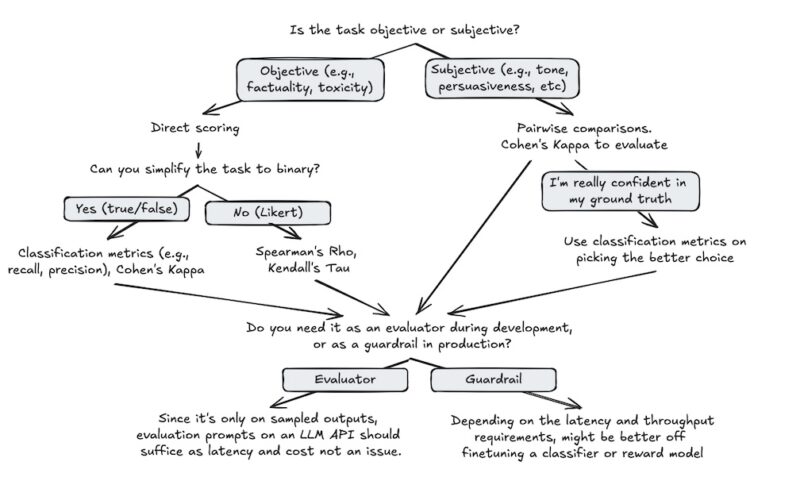Join our daily and weekly newsletters for the latest updates and exclusive content on industry-leading AI coverage. Learn More
It’s the spookiest time of the year, and in 2024, it’s not just people wearing costumes.
A masquerade has been unfolding in the tech sector: Automation systems are wearing AI agent costumes, and many are falling for the disguise. With Gartner naming “Agentic AI” as the top tech trend for 2025, the ability to distinguish true agents from sophisticated automation has never been more critical.
The agent explosion
The past year has seen an explosion of announcements about AI agents. A few months ago, Salesforce unveiled enterprise agents for customer service, promising to revolutionize customer interactions. Microsoft followed suit, announcing the imminent launch of autonomous AI agents for its Copilot platform. Microsoft is rolling out 10 prebuilt agents targeting specific business functions across sales, service, finance and supply chain management, promising to automate everything from researching sales leads to tracking supplier delays.
Not to be left behind, Amazon announced “Amelia,” an AI assistant designed to help third-party sellers resolve account issues and manage their operations more efficiently. Each week brings new announcements about agents that can handle complex tasks with minimal human involvement. While these developments are impressive, they beg the question: Which of these are truly AI agents, and which are automation in costume?
Defining agency vs automation
The distinction between AI agents and sophisticated automation lies in their core capabilities. A true AI agent can be given a goal, which it will research, reason, make decisions and take action to achieve.
Automation, on the other hand, rather than being given a goal, is given a situation. If the situation meets the conditions of one of the automation’s prescribed recipes, the system takes the predetermined action outlined in the recipe.
Perhaps most importantly, genuine agents possess what we call “full process autonomy”— because they can research, reason, make decisions and take action, they can manage entire workflows independently. Automation, on the other hand, cannot be scaled to that level of complexity because it would require every scenario to be accounted for and thought through ahead of time.
Pulling back the mask
Identifying whether an “AI agent” is actually automation in disguise isn’t as difficult as it might seem. The telltale signs are in their behavior. A system that can only follow predefined steps and stumbles when it faces an exception is likely automation wearing a fancy costume. True agents, on the other hand, are able to research, reason, make decisions and take action when faced with exceptions. They are also capable of improving over time through learning, while automation systems maintain consistent–if reliable–behavior patterns.
Scope limitations are another telltale sign. While automation excels at specific tasks, it struggles with complex, multi-step goals that require reasoning. Heavy reliance on human intervention for decisions or course correction is another signal that suggests limited agency.
Why the costume party isn’t all bad
Here’s the twist in our Halloween tale: This masquerade isn’t necessarily problematic. Many business processes actually benefit more from reliable automation than from full agency — at least for now, given current technological capabilities. When precision, compliance and clear audit trails are paramount, traditional automation, even in an agent costume, might be exactly what you need.
Choosing the right dance partner
Successfully choosing the right solution for your organization is less about avoiding automation disguised as agents, and more about choosing the right partner for your situation. For high-precision, regulated processes, traditional automation platforms remain the gold standard. When dealing with creative, variable tasks, generative AI solutions shine brightest.
For complex but bounded problems, intelligent workflow systems provide a strong balance of automation and intelligence, and a promising new discipline of Engineered Intelligence is emerging, in which engineers build AI agents that can autonomously make decisions and take action in the physical world. For open-ended challenges where best practices don’t yet exist, emerging agentic solutions are pushing the boundaries of what’s possible.
Arguably the most important five questions when choosing a partner for automation and agency come down to:
- What is the future of work we want for our organization?
- Does the future of work our provider is building toward align with the future of work we want for our organization?
- How well can this organization deliver on the future they’re solving for?
- What’s the best path between where we are and where we want to be — and how will we measure success — through accuracy, speed, value creation or cost reduction?
- Where are there opportunities for top-line revenue growth to which we can reallocate resources as we free up capacity through automation and autonomous agents?
Looking to the future
As we move forward, transparency from vendors about their solutions’ true capabilities is crucial. You have to be able to trust your partners, providers and suppliers. With Gartner’s prediction highlighting the growing importance of agentic AI, organizations must develop clear frameworks for evaluating and implementing these technologies.
True AI agents are coming, and major tech players are investing heavily in their development. Although most of today’s “agents” are actually sophisticated automation systems whose interfaces are “agentic”—that’s okay. The real trick is understanding what’s behind the mask and matching capabilities to business needs.
Brian Evergreen is author of Autonomous Transformation: Creating a More Human Future in the Era of Artificial Intelligence
Pascal Bornet is author of Irreplaceable: The Art of Standing Out in the Age of Artificial Intelligence
DataDecisionMakers
Welcome to the VentureBeat community!
DataDecisionMakers is where experts, including the technical people doing data work, can share data-related insights and innovation.
If you want to read about cutting-edge ideas and up-to-date information, best practices, and the future of data and data tech, join us at DataDecisionMakers.
You might even consider contributing an article of your own!
Source link lol

